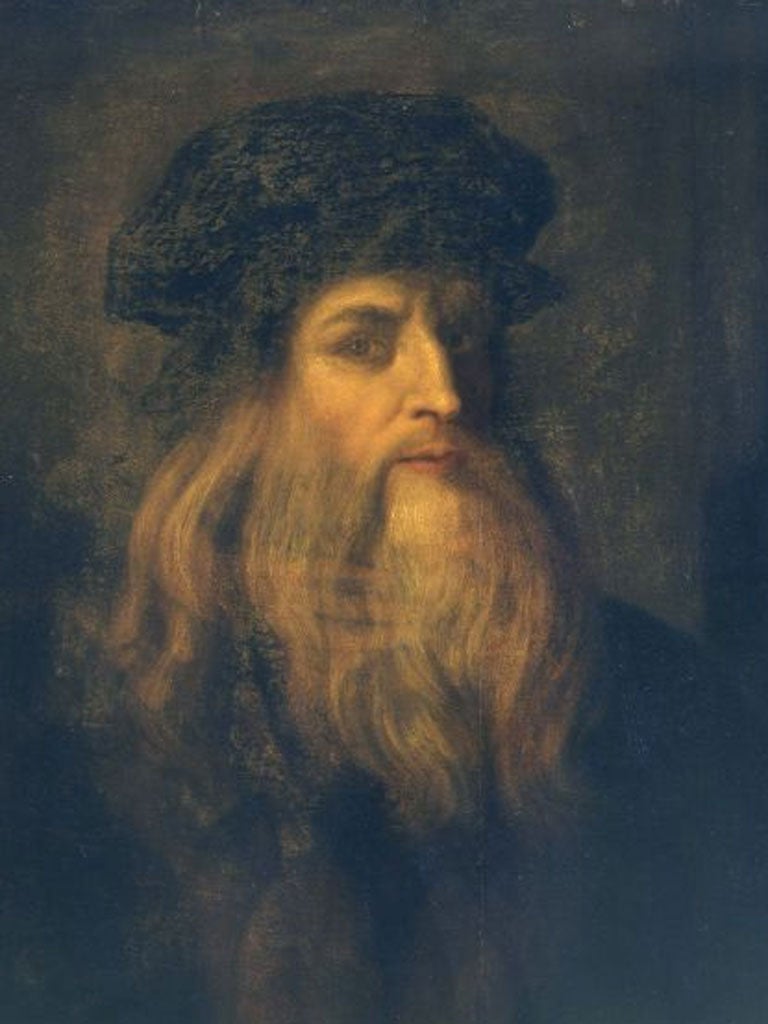Leonardo Da Vinci's dream realised: Canadian inventors achieve world’s first man-powered helicopter flight
Achieving Da Vinci’s dream bags team from Toronto victory in international competition and $250,000 prize fund

Your support helps us to tell the story
From reproductive rights to climate change to Big Tech, The Independent is on the ground when the story is developing. Whether it's investigating the financials of Elon Musk's pro-Trump PAC or producing our latest documentary, 'The A Word', which shines a light on the American women fighting for reproductive rights, we know how important it is to parse out the facts from the messaging.
At such a critical moment in US history, we need reporters on the ground. Your donation allows us to keep sending journalists to speak to both sides of the story.
The Independent is trusted by Americans across the entire political spectrum. And unlike many other quality news outlets, we choose not to lock Americans out of our reporting and analysis with paywalls. We believe quality journalism should be available to everyone, paid for by those who can afford it.
Your support makes all the difference.It is one of Leonardo Da Vinci’s most famous inventions – that was never thought possible.
But half a millennium after the Italian genius sketched the first plan for a man-powered helicopter, his dream has finally become a reality.
A team of engineers in Canada has completed the first successful flight of a helicopter using nothing but human brawn, and in doing so claimed a $250,000 prize fund.
The aircraft uses spools of string, drawn in by a pilot pumping the pedals of an otherwise fairly ordinary bicycle, to turn four massive – but very light – rotors.
With their winning design and first flight, Todd Reichert and his team have met the requirements of a 33-year-old competition. As a small team of University of Toronto alumni, students and volunteers, they were locked in a race to the finish line with a much larger team from the University of Maryland.
And the Canadian competitors, calling themselves AeroVelo, were on Thursday officially declared winners of the AHS Igor I. Sikorsky Human Powered Helicopter Competition.
The winning helicopter is hand-built largely from carbon fibre, and weighs a tiny 54 kilograms (120 lbs) while spanning almost 47 metres (154 feet) across.
And Reichart told the Canadian press it was an “incredible feeling” to fly it. “It's like you're biking along the street and someone came and just picked up your bike, and now you're floating,” he said.
“At the same time you don't really have the time to appreciate that, because of everything that's going on. As you spin your legs, you're spinning the rotors. It's very much an exercise in mental and physical control, at the same time as an all-out physical effort.
”This isn't something that you're going to commute to work in any time soon, but it's an exercise in really pushing the limits on what's physically possible, and what you can do with lightweight materials and really creative design.”
Matthew Tarascio, chief engineer at Sikorsky Innovations, which contributed the quarter of a million dollar prize money to the competition, said: “We inspire, by doing this, that next generation of people that will go out into the industry and create new and wonderful machines.”
”I think there's a fascination with what humans can do and pushing the limits. This is really the competition that allowed humans to show that they could hover. That's Da Vinci's dream... and AeroVelo, they did it all right, and they put it all together.“
Join our commenting forum
Join thought-provoking conversations, follow other Independent readers and see their replies
Comments